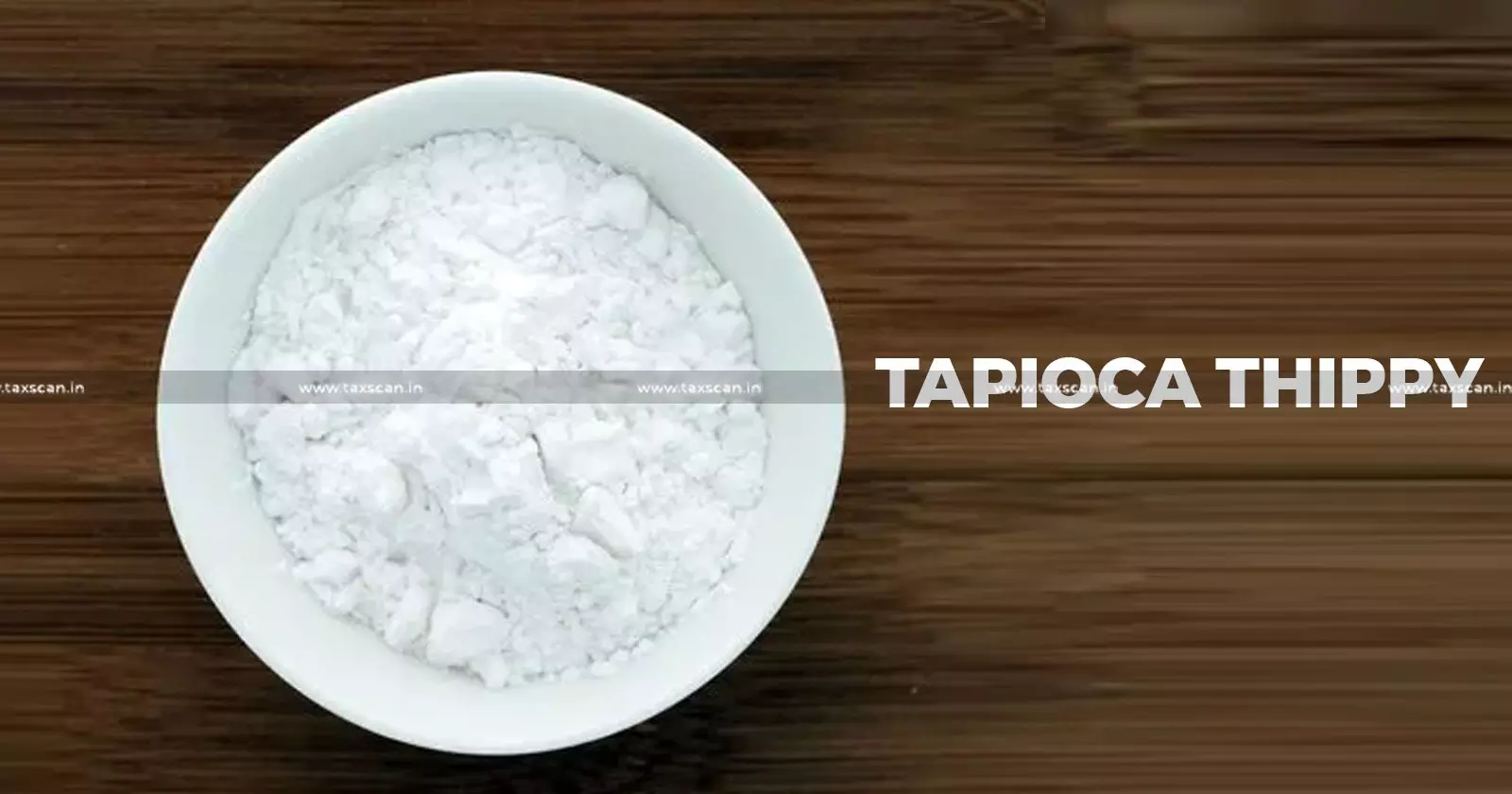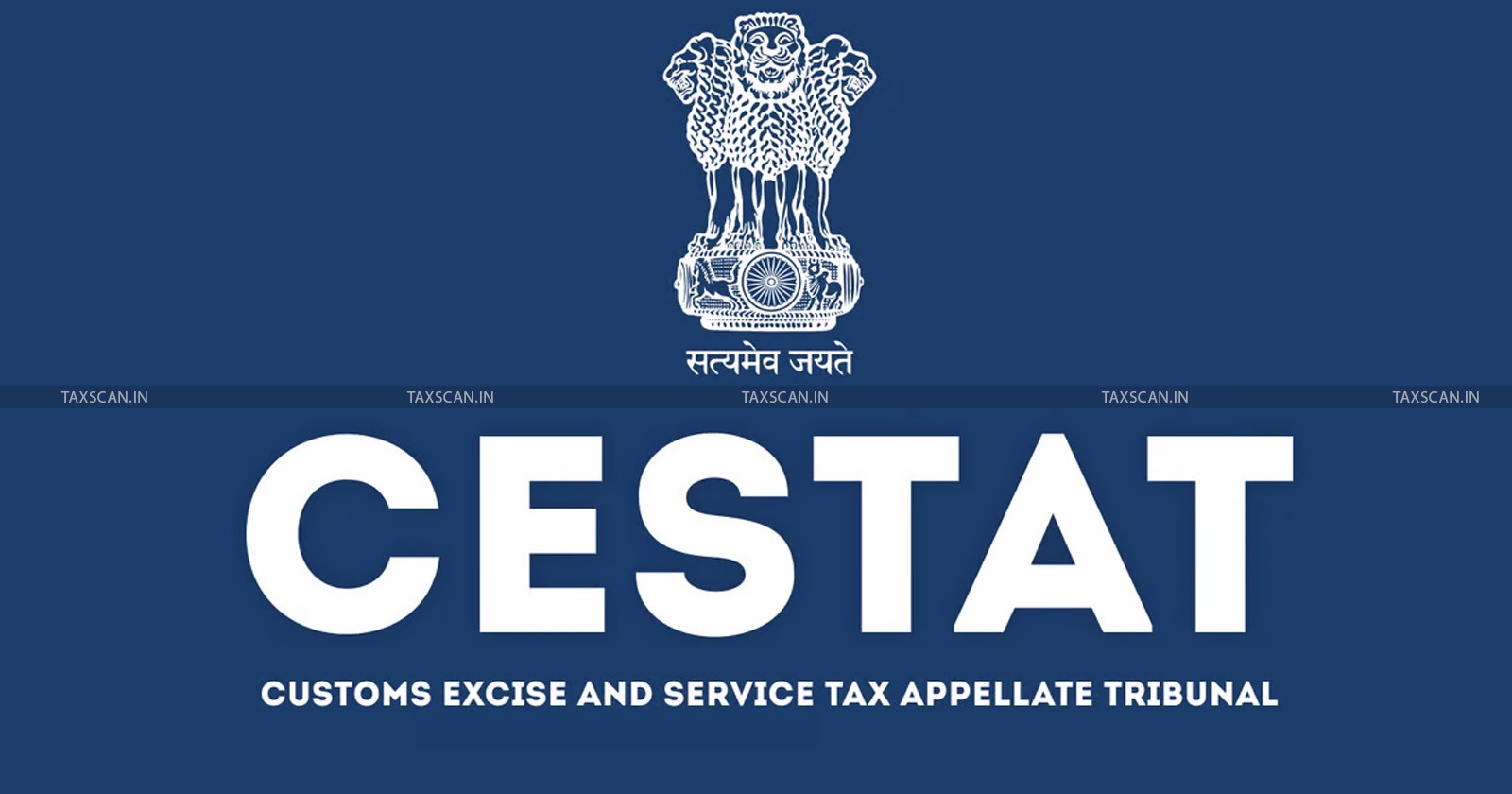Sabudana Duty Quashed: CESTAT Holds 'Nil' Rate Notification on Tapioca Sago is Curative and Operates Retrospectively [Read Order]
The tribunal held that the 'Nil' rate of duty became applicable even during the interregnum period

The Chennai Bench of the Customs, Excise &Service Tax Appellate Tribunal ( CESTAT ) has quashed the excise duty demand on "Sabudana" (Tapioca Sago), ruling that Notification No. 12/2013-CE, which restored the 'Nil' rate of duty was curative in nature and therefore applied retrospectively.
Bharat Sago Factory (appellant) are manufacturers of "sabudana," a food item traditionally consumed by devotees during fasting seasons. Historically, Sabudana was never subject to Excise Duty under the Central Excise Act, 1944.
However, on March 1, 2011, the government introduced a duty of 1% (later increased to 2%) on goods falling under Chapter Heading 1903 0000. Following this imposition, the "Tamizhaga Starch and Sago Producers Association" made representations to the Central Board ofExcise and Customs (CBEC).
 Also Read:Excise Dept Denied CENVAT Credit On Outward GTA Ignoring Hindustan Coca-Cola’s FOR Delivery Evidence: CESTAT Remands Matter [Read Order]
Also Read:Excise Dept Denied CENVAT Credit On Outward GTA Ignoring Hindustan Coca-Cola’s FOR Delivery Evidence: CESTAT Remands Matter [Read Order]
The appellants pleaded for the restoration of the exemption, citing that Sabudana was a food for devotees and was exempted from sales tax by various states, and that the levy would indirectly prejudice farmers by affecting procurement prices.
Accepting the representation, the Government issued Notification No. 12/2013-CE on March 1, 2013, inserting Entry 24A to provide a specific exemption ('Nil' rate) for "Tapioca sago (sabudana)".
Know How to Prepare Estimation and Viability for Project Reports? Know more Click here
The dispute arose regarding the "interregnum period" (01.03.2011 to 28.02.2013) when the duty was technically in force before the exemption was restored. The appellants argued that Notification 12/2013-CE was curative in nature as it was issued to cure a hardship based on trade representations.
The appellants contended that a curative notification should be deemed retrospective, relying on the judgment of the Gujarat High Court in Shree Renuka Sugars Limited Vs. Union of India and the Supreme Court decision in W.P.I.L Ltd. Vs. Commissioner.
The Revenue department argued that the appellants had stopped paying duties abruptly and failed to file returns, justifying the invocation of the extended period of limitation and penalties.
The CESTAT Bench comprising Mr. P. Dinesha (Judicial Member) and Mr. Vasa Seshagiri Rao (Technical Member) observed that the facts regarding the initial 'Nil' rate, the subsequent levy, and the eventual withdrawal of the levy were not in dispute.
The Tribunal relied heavily on the ratio of the Gujarat High Court in Shree Renuka Sugars, which held that if the Government corrects an inadvertent error or unintended withdrawal of exemption based on representation, such a notification must be viewed as clarificatory or curative.
 Also Read:Clandestine Removal must be proven through Complete Chain of Evidence, Not Estimates or Assumptions: CESTAT [Read Order]
Also Read:Clandestine Removal must be proven through Complete Chain of Evidence, Not Estimates or Assumptions: CESTAT [Read Order]
The Tribunal held that notification No. 12/2013-C.E. must be read as a clarification or a curative measure. The tribunal held that the 'Nil' rate of duty becomes applicable even during the interregnum period (retrospectively). The appeal of the appellant was allowed.
Support our journalism by subscribing to Taxscan premium. Follow us on Telegram for quick updates


